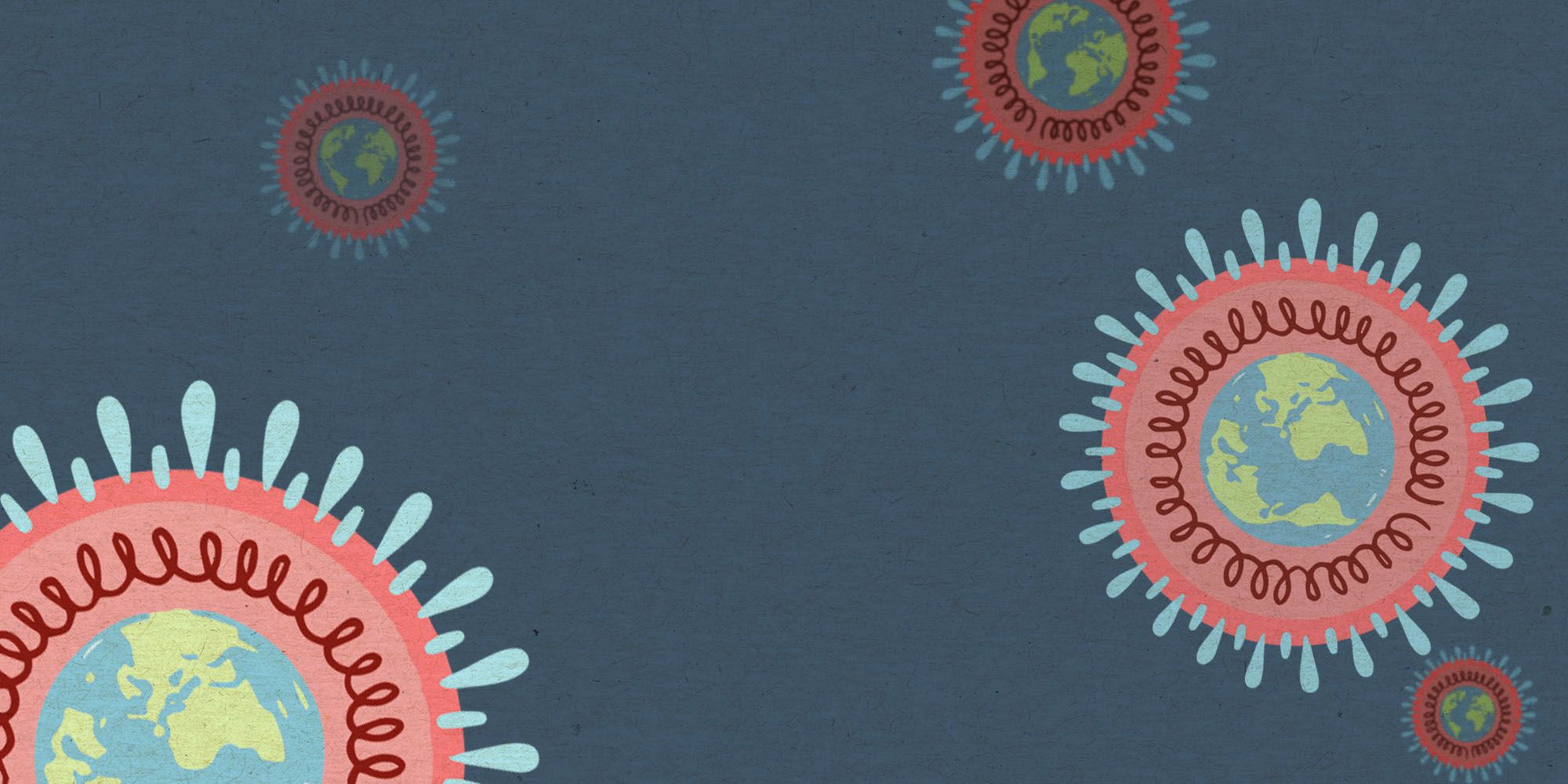
COVID-19 Research Spotlight: Markita Landry on Rapid, Nanosensor-Based Tests
Markita Landry is an Assistant Professor in the Department of Chemical and Biomolecular Engineering at the University of California, Berkeley. In April, she started working on an IGI-funded research project to develop a rapid COVID-19 test. In August, she talked with IGI science writer Hope Henderson about this project.
Under normal circumstances, what does your research group study?
We largely focus on the use of nanomaterials for two purposes. The first is developing nanosensors that use light to detect biological molecules. With these nanosensors, we’re specifically interested in imagining neurotransmitters in the brain. The second purpose is for the delivery of biological molecules to in vivo systems, like delivering CRISPR components to plants for gene editing.
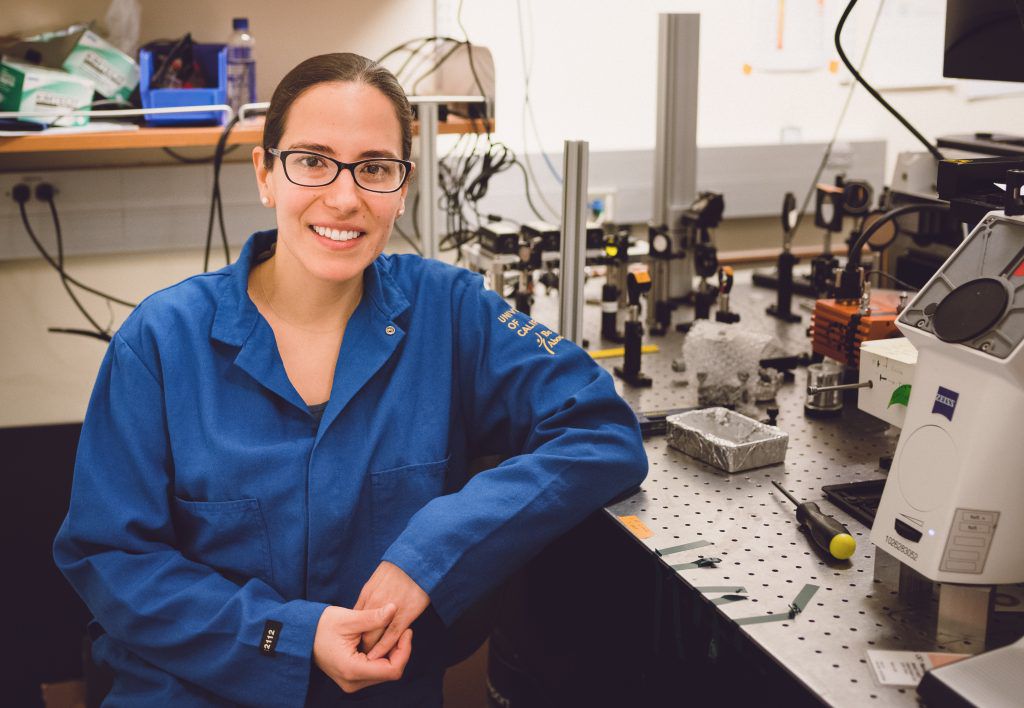
Tell us about your COVID-19 research project.
The chemistries we use to develop nanosensors for biological molecules are fundamentally generic, meaning they can be applied to sense all kinds of different things. A group of students and postdocs in my lab were motivated to see if they could be translated to detect components of SARS-CoV-2, the virus that causes COVID-19. Rebecca Pinals, a graduate student in the lab, now leads a subgroup of researchers to develop nanosensors that detect SARS-CoV-2 RNA and the viral spike protein. Seeing how quickly they’ve pivoted their skills for COVID research, and their passion for the work, keeps me motivated!
How can you use nanomaterials to detect a virus?
Materials take on unique properties when they’re confined to the nanoscale, like fluorescence or very high surface area to volume ratios. We can leverage those unique properties for nanosensor development. We can make chemical modifications to nanosensors so they react when they’re near certain particles — like if the nanosensor is near the CoV-2 spike protein, it will fluoresce or change color.
What are the advantages of the nanomaterial-based test you’re developing?
Currently there are two main types of tests for COVID. The first is an 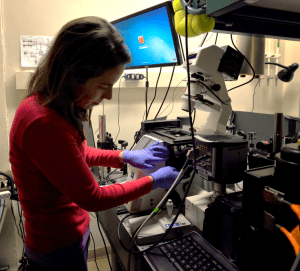
The test we’re developing looks for active COVID infections, but uses nanosensors instead of qPCR. qPCR is highly sensitive and selective, but at the absolute quickest, it takes a few hours to run the test, let alone transporting swabs, communicating between doctor’s offices and testing labs, and so on. Practically speaking, with the enormous need for frequent testing, the cost and time of qPCR testing isn’t the most sustainable for the long run.
Our goal is to develop a rapid test that would give results in seconds and could be reused.
How could a COVID-19 test be reused?
Well, we have nanomaterials that we’ve modified so they react to a COVID protein or genetic material. We are trying to develop one that has a reversible signal, as with our brain imaging nanosensors that fluoresce in the presence of neurotransmitters and then quickly return back down to a “dark” baseline once the neurotransmitter is gone. We don’t know if it will work — it’s a high risk project! We won’t know if a nanosensor is reversible until we actually make it. But if we are able to successfully make a reversible signal nanosensor, after using the test, you could wash away the COVID protein or genetic material, the nanosensors would revert back to baseline, and we could reuse the test for another patient.
Can you share any preliminary results?
Our preliminary data suggests nanomaterials functionalized with cellular receptors for the SARS-CoV-2 spike protein can detect the spike protein within an hour. These results are promising for the project’s feasibility. We are now working on testing these nanosensors in complex biofluids like saliva, and the next step, hopefully by later this year, will be to incorporate them into a handheld device. In this form-factor, we could develop a test to be used in a doctor’s office, testing kiosks, or even for at-home testing.
Are there any disadvantages to this kind of test?
One of the biggest challenges is going to be being able to achieve the sensitivity that the current qPCR-based tests have. It’s difficult to compete with the sensitivity of the current test — but this is where it’s useful to talk about trade-offs. Even if our test isn’t as sensitive, we’re hopeful that it could be useful because it will give a quicker read-out and could perhaps be used to triage individuals into those who are negative, and those that should move forward with a more sensitive qPCR test.
Could you use similar diagnostic nanosensors to test for other illnesses?
Yes, one of the advantages of nanomaterials and chemical probes is that they can be adapted to recognize a wide variety of targets. I’m hopeful that this work could translate to creating diagnostics for other viruses, if the current virus mutates, or in future pandemics. Many of the nanosensors that we’ve developed so far are intended to be implemented in living tissues or living animals, such as our neuro-imaging work, which requires our nanosensors to be safe to use in those systems. Developing a test that doesn’t need to be implanted in a patient, instead of the nanosensors we use inside the brain, actually gives us much more leeway to use different materials and chemistry.
What’s it like in your lab right now?
We are operating with social distancing measures in place. So, we’ll have up to four scientists in the lab at a time, some of which are working on the COVID project. We meet by Zoom to discuss recent results. Individuals who are not working in the lab are helping with data analysis and keeping up with the rapidly changing literature.
What’s keeping you motivated right now?
My lab is four years old. I’ve just graduated my first few students and it’s a tricky time to be pausing research when a lab feels like things just got up and running. But this project was the brainchild of my students and postdocs who have been working on nanosensor development, several of whom since day one! Seeing how quickly they’ve been able to pivot their skills for COVID research, and their passion for the work, keeps me motivated!
The second thing is that staying up-to-date on COVID research helps me sort scientifically validated information from misinformation and relay that to family and friends, who might not have the privilege of a scientific upbringing. My neighbor sent me some real misinformation articles! I told her, “I’m happy to read anything for you.” So every few days, I get something from her asking, “Is this real?” I’m really glad to be able to answer that for her.
Do you have any new quarantine hobbies?
As with everyone else, I’m working on my bread right now! And experimenting with cooking alternative cuisines. I’m not vegan, but my most recent creation was a vegan omelet with silken tofu, soy chorizo, and mushrooms. It was pretty good!
This work is funded by the Laboratory for Genomics Research (LGR), a collaboration between UC Berkeley/UCSF (IGI) and GlaxoSmithKline.
You may also be interested in

COVID-19 Research Spotlight: Laleh Coté on Virtual Mentoring
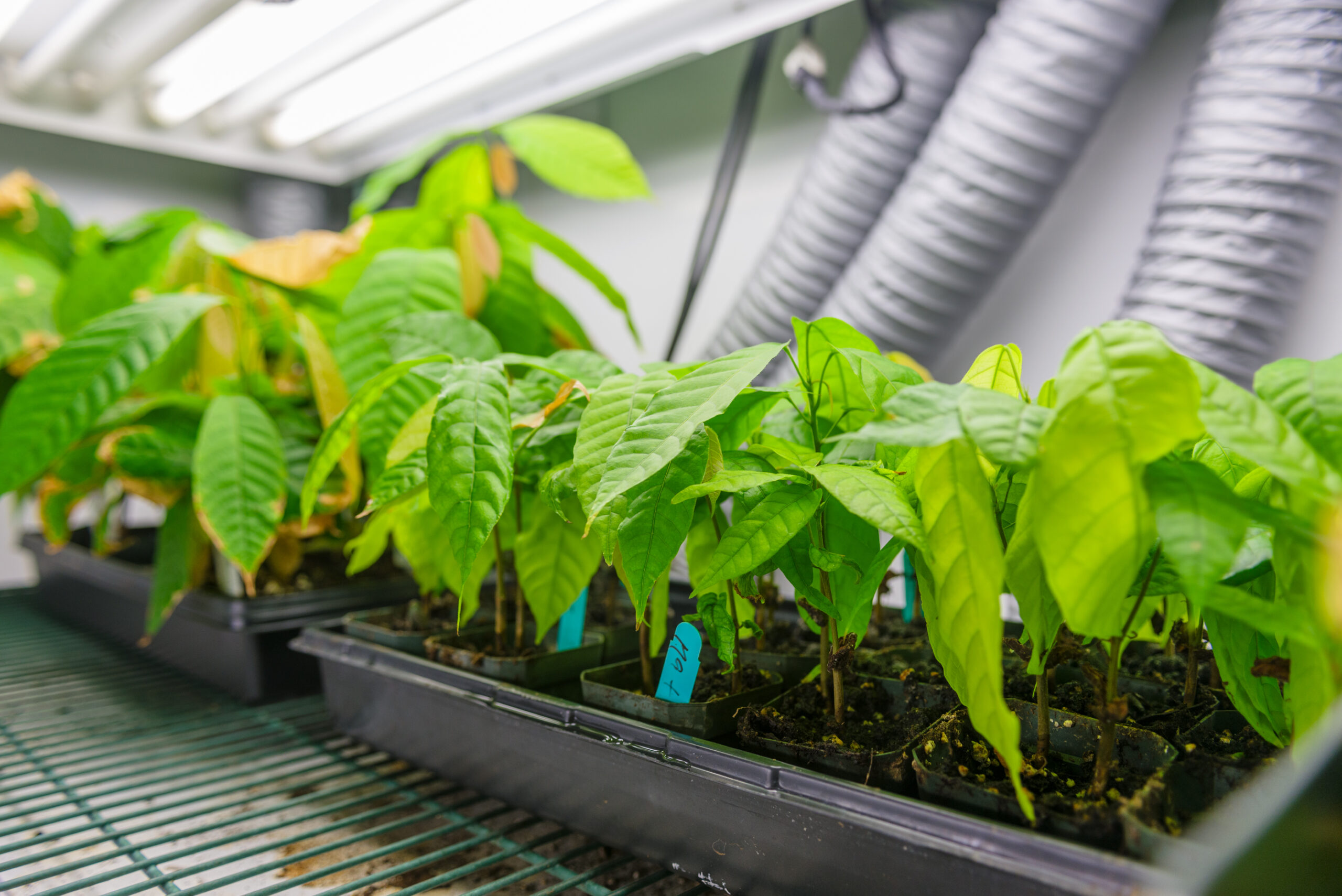
Wolf Prize Laureate Brian Staskawicz on 40 Years of Plant Immunity Research
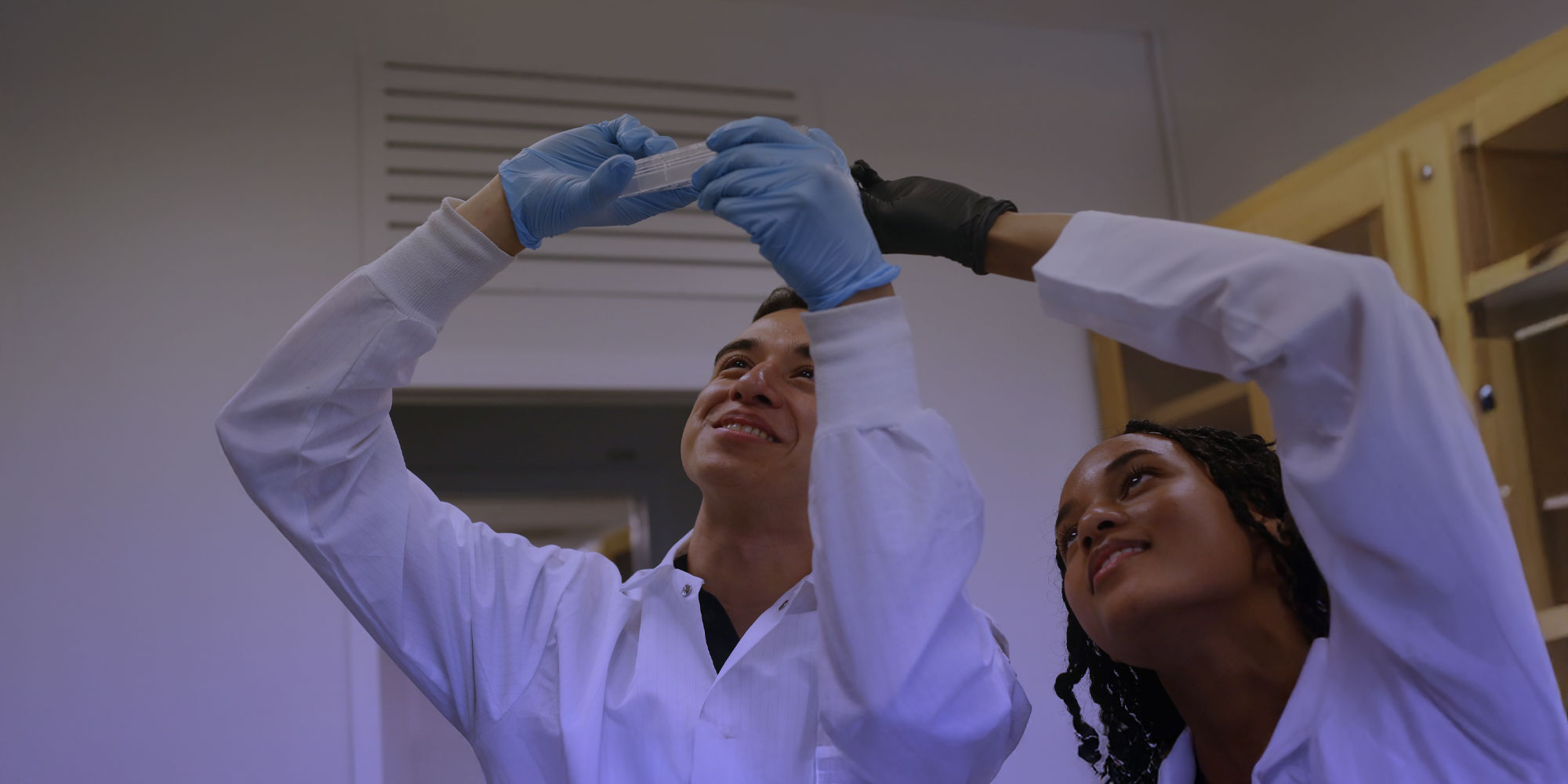
Announcing the Rising Stars Program: A New Collaboration Between the IGI and Historically Black Colleges and Universities
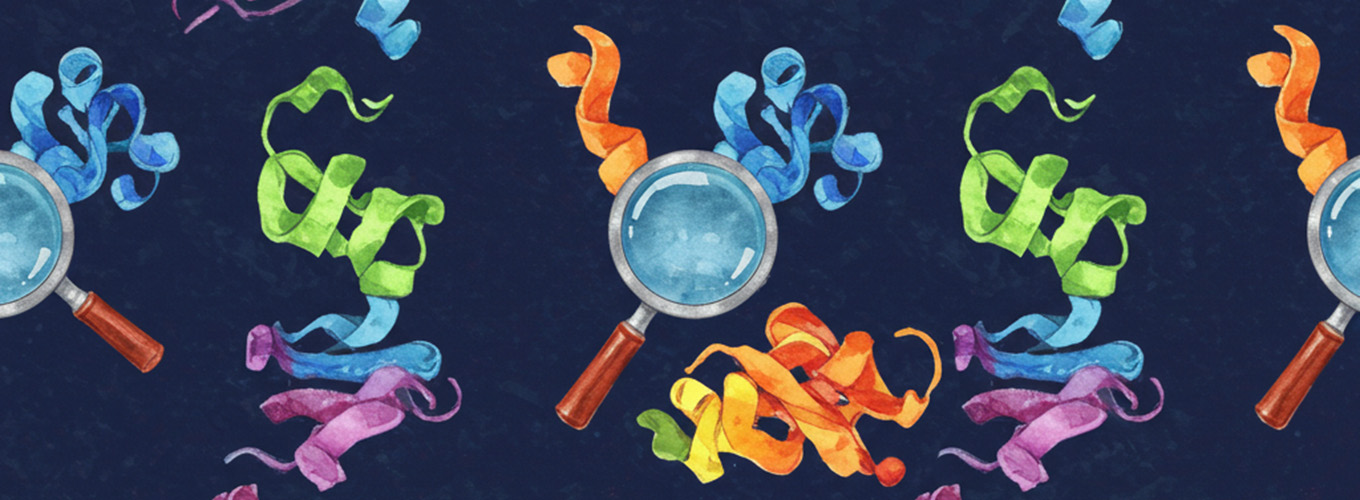

 By
Hope Henderson
By
Hope Henderson